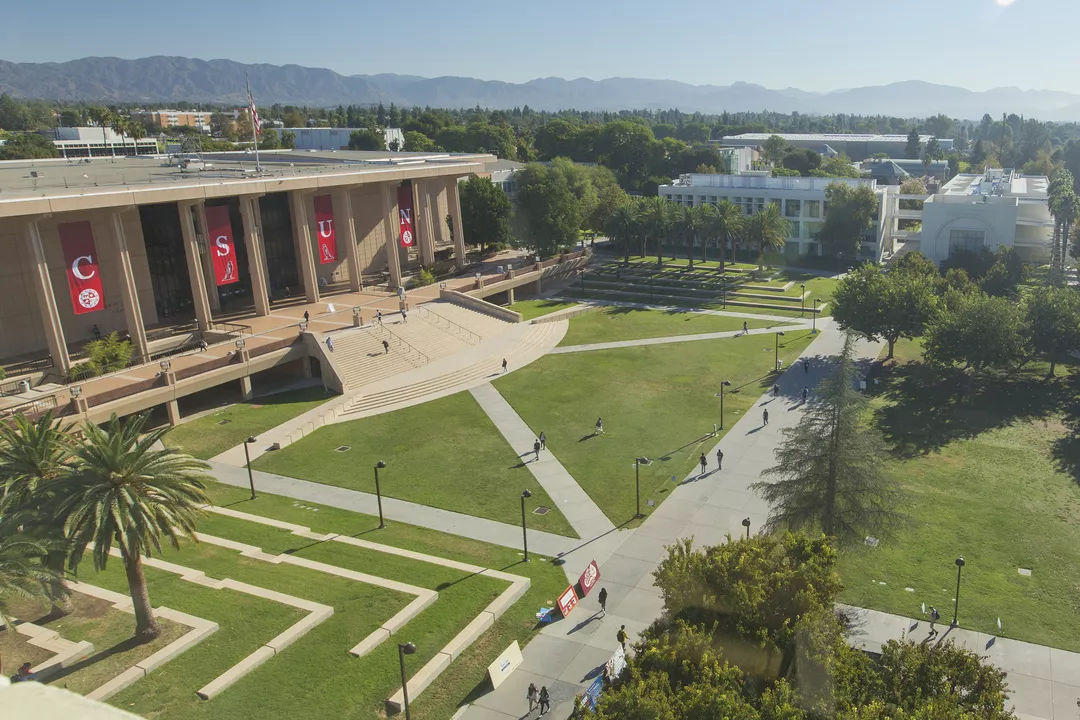-
hello@abroadcube.com
Mail us
-
Call For Help:
98779 83783
-
Whatsapp Us
70090 34921
CSULB Dance houses the only low-residency M.A. degree in dance in California that is designed specifically to serve dance educators. Created to serve dance educators who are currently teaching primarily in secondary and community college venues, the Master of Arts in dance course work is completed in three intensive summer sessions of study in which 9-12 units are earned each summer. For this reason the program is run as a Special Sessions Program through the University's College of Continuing and Professional Education. The curriculum is designed to broaden and deepen dance knowledge and skills ranging from technique to composition, dance history and dance production. This degree elevates an undergraduate teaching credential to graduate status, usually commanding a pay increase for dance educators. The ideal class size for this degree is 15-20.
The M.A. in Dance offers both studio and theory courses in its curriculum. All courses are designed to introduce new concepts and trigger deeper thought and analysis in the field of dance. All courses in the M.A. degree are at the graduate level and are offered only to graduate students.
| Level | Masters |
| Discipline | Fine Arts |
| Duration | 24 months |
| Intakes | Jan, Sep |
| Application Fees | USD 70 |
| Tuition Fees | USD 14604 |
| Campus | Long Beach |
| Language proficiency (minimum) | |
| IELTS | 6 |
|---|---|
| TOEFL | 80 |
| PTE | 58 |
| Duolingo | 115 |
| Exam proficiency (minimum) | |
| SAT | Not Required / Waiver |
|---|---|
| ACT | Not Required / Waiver |
| GRE | Not Required / Waiver |
| GMAT | Not Required / Waiver |
Minimum GPA - 63%
QS Quacquarelli Symonds is the world’s leading provider of services, analytics, and insight to the global higher education sector, whose mission is to enable motivated people anywhere in the world to fulfil their potential through educational achievement, international mobility, and career development.
THE (Times Higher Education) has been providing trusted performance data on universities for students and their families, academics, university leaders, governments and industry, since 2004. We create university rankings to assess university performance on the global stage and to provide a resource for readers to understand the different missions and successes of higher education institutions.
The Academic Ranking of World Universities (ARWU) was first published in June 2003 by the Center for World-Class Universities (CWCU), Graduate School of Education (formerly the Institute of Higher Education) of Shanghai Jiao Tong University, China, and updated on an annual basis
The "Webometrics Ranking of World Universities" is an initiative of the Cybermetrics Lab, a research group belonging to the Consejo Superior de Investigaciones Científicas (CSIC), the largest public research body in Spain. CSIC is among the first basic research organizations in Europe. The CSIC consisted in 2006 of 126 centers and institutes distributed throughout Spain.



